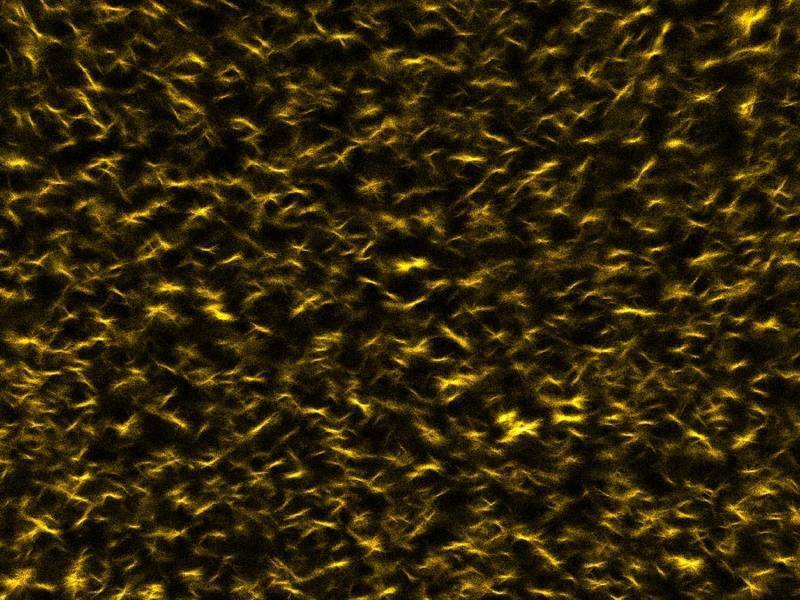Most artificial materials are made to last, which is great while they're being used but not so great when it comes time to dispose of them. Inspired by biological processes, researchers at the Technical University of Munich (TUM) are developing materials that "die" when they run out of energy, which could lead to time-release drug delivery systems and eventually electronics and packaging that self-destructs when required.
If an animal or plant doesn't keep replenishing its energy, through food or sunlight, it dies and breaks down. But an artificial substance doesn't perform this kind of energy exchange with its environment, allowing it to maintain its form for a long time. When we eventually do want to dispose of it, we need to expend more energy through processes like recycling, which isn't the most efficient process.
"So far, most man-made substances are chemically very stable: to decompose them back into their components, one has to spend a lot of energy," says Job Boekhoven, lead author of the study. "Nature does not produce garbage dumps. Instead, biological cells are constantly synthesizing new molecules from recycled ones. Some of these molecules assemble into larger structures, so-called supramolecular assemblies that form the structural components of the cell. This dynamic ensemble inspired us to develop materials that dispose of themselves when they are no longer needed."
To mimic these natural systems, the TUM team created compounds of molecules that start off freely mobile, but assemble into hydrogels when "fuel" is added. This fuel takes the form of high-energy molecules called carbodiimides, and chemical reactions will keep the material stable for as long as the energy supply lasts. When it eventually runs out, the material simply disintegrates into its basic molecules, so it can be set to effectively self-destruct on demand by controlling how much fuel it's given in the first place.

In lab tests, the team managed to create materials with a predictable lifespan of several minutes or hours, and after they die and dissolve, the process can be restarted by adding another batch of fuel.
The researchers say in the short-term, this technique could be used as a targeted drug delivery system where spherical structures could carry drugs around the body, then automatically dissolve and release their payload where it's needed. Others could be designed to assemble into scaffold-like structures in the body to aid healing, before breaking down once the body's own cells have taken over.
Much further down the track, the team says it's possible that plastics or electronic devices could be made with self-destructing materials to keep them from clogging up landfills. "Transient" electronics that dissolve in water or heat may be in the works, but adding a programmable time delay would be a welcome addition.
The research was published in the journal Nature Communications, and the team demonstrates the vanishing material in the video below.
Source: Technical University of Munich





